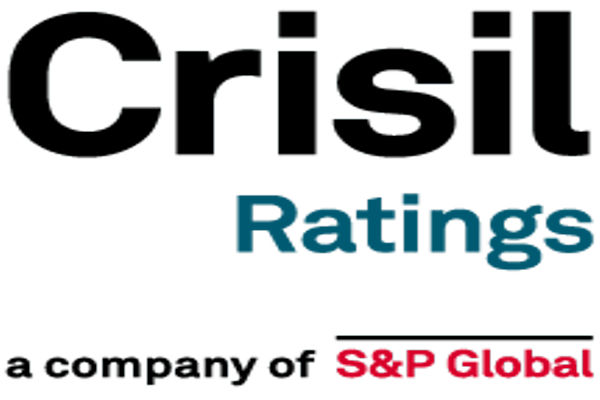Manufacturers of smart electric meters will see their revenue grow ~20%, akin to fiscal 2025, and touch around Rs 9,000 crore this fiscal. The key catalyst here is the resolution of initial implementation constraints seen under the Smart Meter National Programme (SMNP) through which the Government of India aims to replace 25 crore conventional electricity meters with prepaid smart electric meters.
The high revenue growth will perk up operating profitability of manufacturers by 75-80 basis points (bps) to nearly 13% in fiscal 2026. This is because smart electric meters have high margins due to increased functionality compared with conventional electric meters. This along with rising capacity utilisation following accelerated order execution will lead to better cost absorption. With improved cash flows limiting dependence on debt to support increase in working capital requirement and moderate capital expenditure (capex), balance sheets will remain healthy, keeping credit profiles stable.
Launched by the Government of India in 2017, SMNP provides a Rs 90,000 crore revenue opportunity for the industry. Under the program, each state distribution company (discom) awards contracts for installing smart electric meters to an Advanced Metering Infrastructure Service Provider (AMISP), which procures them from smart electric meter manufacturers.
Tendering for more than half the target has been completed and discoms are likely to accelerate the implementation of SMNP to achieve the rollout in the next 4-5 years. The target deadline of March 31, 2026, for the rollout of SMNP is likely to be extended due to the slow implementation of the scheme as only around 2.5 crore smart electric meters were installed until March 2025 due to the initial hurdles.
Says, Nitin Kansal, Director, Crisil Ratings, “Execution under SMNP will gather pace from this fiscal due to three reasons. First, establishing of direct debit facility (DDF) has been streamlined for AMISPs. Second, availability of semiconductors has improved following irregular supplies in the previous fiscals amid a global shortage because of Covid-led disruptions. Third, the government notification to import Bureau of Indian Standards (BIS)- certified smart electric meters as part of the mandatory quality norms and to curb sub-standard imports augurs well for domestic manufacturers.”
Higher executions will lead to an increase in working capital requirement by 25-30% this fiscal. The smart electric meter cash conversion cycle takes 170-180 days as it involves inspection of the goods, delivery and payment post installation. The payments are linked to completion of the formalities and conditions of AMISPs, leading to the possibility of stretched payments. While the establishment of DDF and criticality of SMNP for discoms are expected to keep payment delays in check, its implementation and the actual extent of payment delays remain monitorables.
Says Smriti Singh, Associate Director, Crisil Ratings, “Overall, we believe cash flows of smart meter manufacturers will rise, limiting their reliance on debt to support increased working capital requirement. Moreover, manufacturers have no major debt-funded capex plans as they had expanded capacities in the past two years in anticipation of higher order flow. Hence, credit profiles in the segment will remain stable.”
Balance sheets of smart meter manufacturers are expected to remain healthy, with gearing and interest coverage ratio projected to remain rangebound at 0.50-0.55 time and 3.0-4.0 times, respectively, over the next two fiscals.













